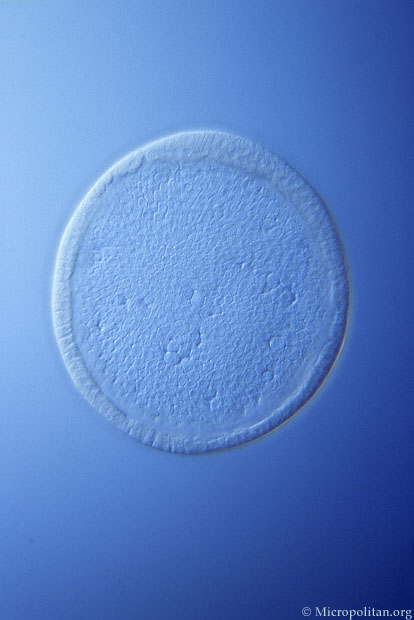

Crinon- lily, eidos- form):īody has a central disc which is attached to the substratum. Holothuria (sea cucumber), Cucumaria (sea cucumber).Ĭlass 5. Larval forms are Auricularia and Doliolaria. Oral end has mouth surrounded by tentacles. Holothurion- sea cucumber, eidos- form):īody is elongated and cylindrical. Larval forms are Platens and Echinopluteus.Įchinus (sea-urchin), Clypeaster (cake urchin), Echinarachinus (sand dollar), Echinocardium (heart urchin).Ĭlass 4.

Biting and chewing apparatus with teeth called Aristotle’s Lantern is present. echinos- hedgehog, eidos- form):īody is globular or dislike. Ophiothrix (brittle star), Ophioderma (brittle star), Ophiocoma (brittle star), Ophiura (brittle star).Ĭlass 3. Arms are sharply marked off from the central disc. Ophis- snake, Oura- tail, eidos- form):īody is star-like. Examples: Asterias (Star fish), Pentacews (Star fish), Astrvpecten (Star fish).Ĭlass 2. Larval forms are Bipinnaria and Brachiolaria. Five arms are usually present which are not sharply marked off from the central disc. aster- star, eidos- form):īody is star-like. Phylum Echinodermata is divided into five classes.Ĭlass 1. It also indicates that the chordates have been evolved from Echinoderm-like ancestors. (iv) Adult anus derived from embryonic blastopore,įrom these resemblances, it is clearly proved that the Echinoderms are nearer to the Chordates than any other group. (iii) Mouth derived as an ectodermal invagination, (iii) Incomplete digestive tract in some forms, (v) Bilateral symmetry in the larva and radial symmetry in the adult. (iv) Mesodermal endoskeleton of calcareous plates, (ii) Ambulacral system (water vascular system), (i) Presence of spines and pedicellariae.


 0 kommentar(er)
0 kommentar(er)
